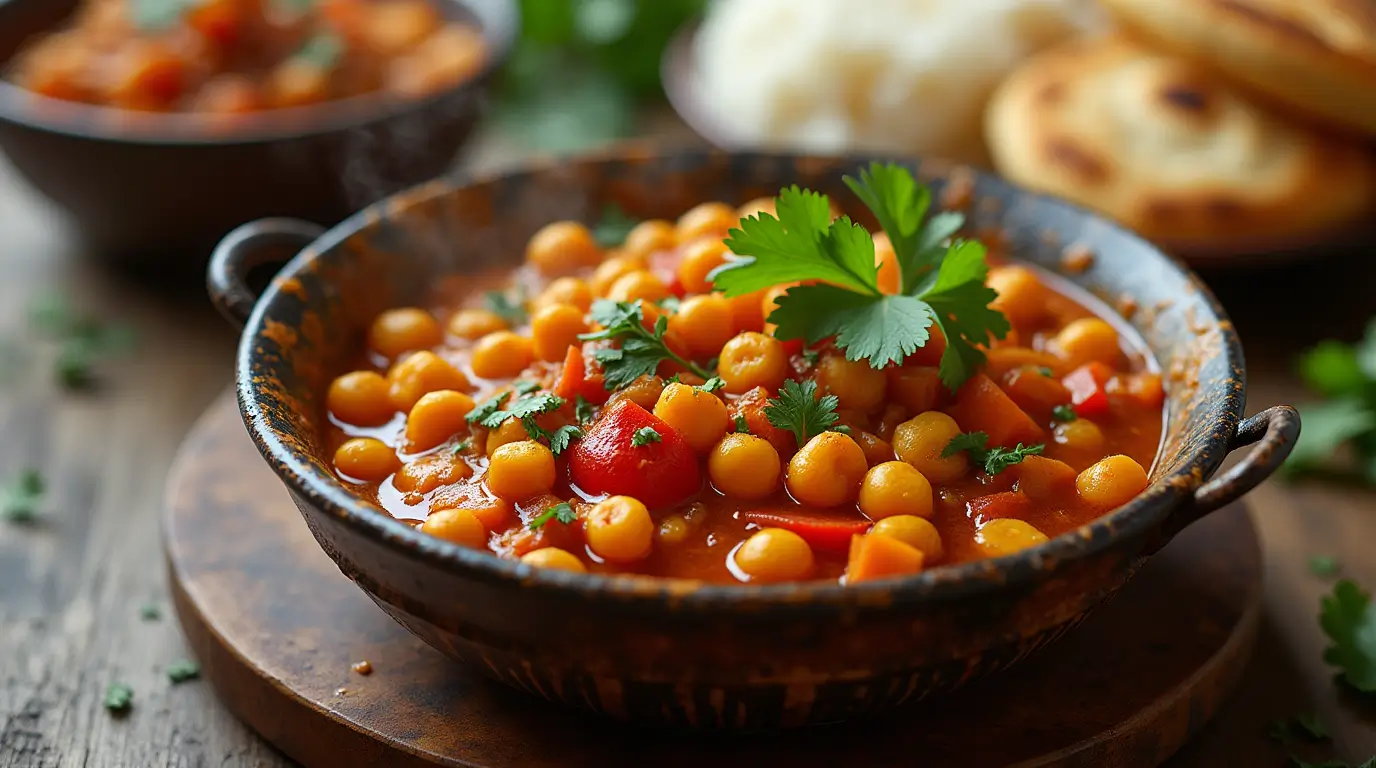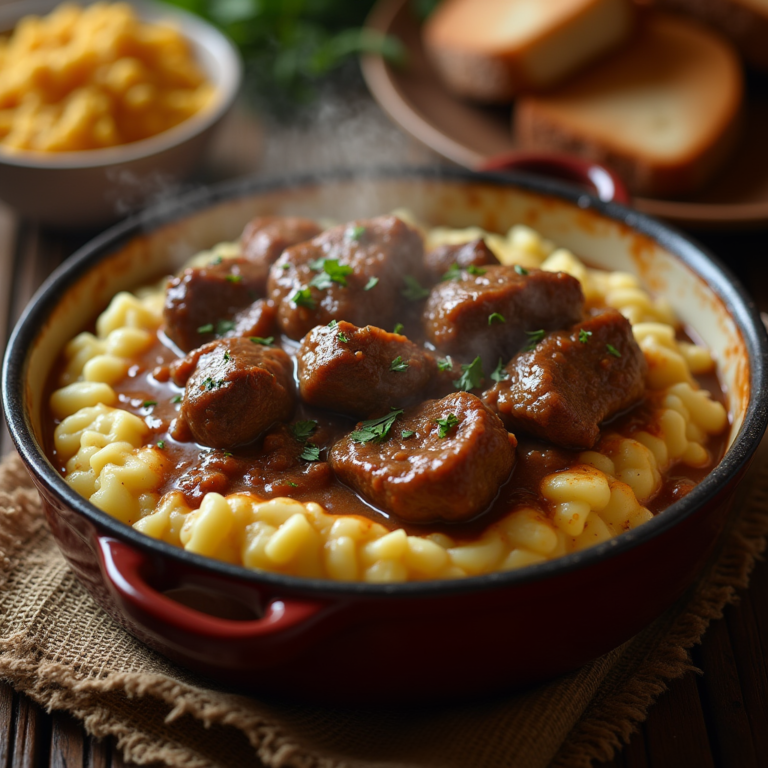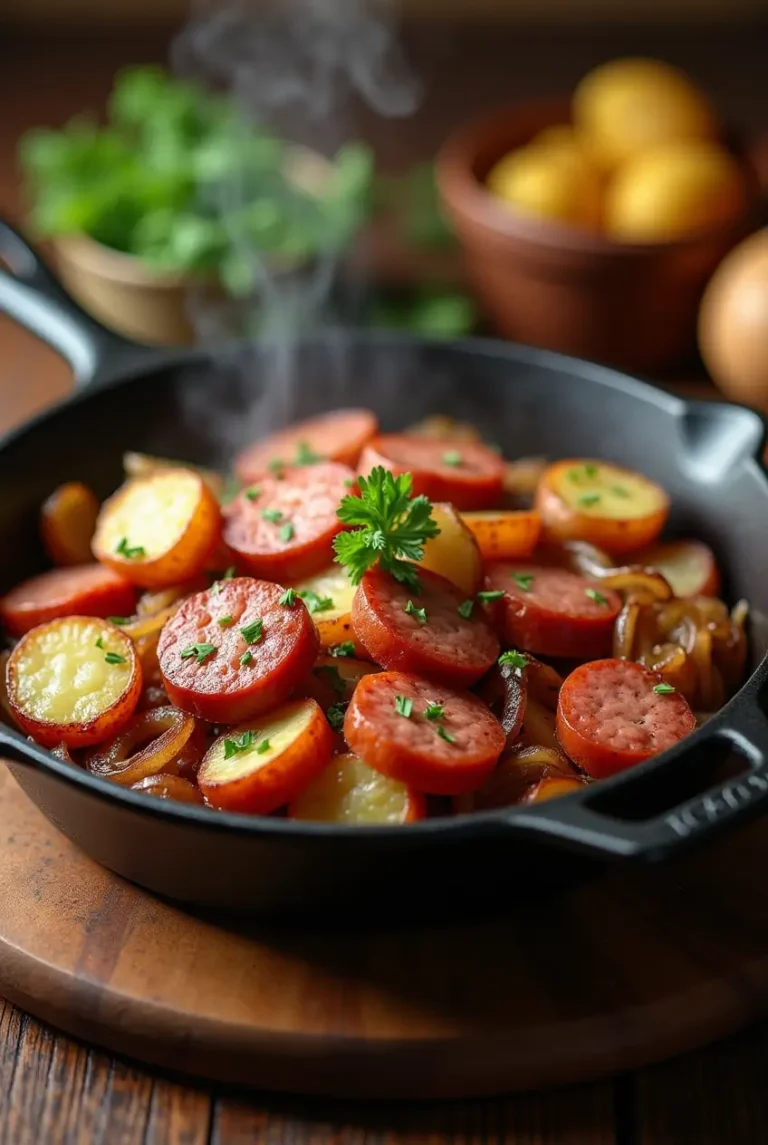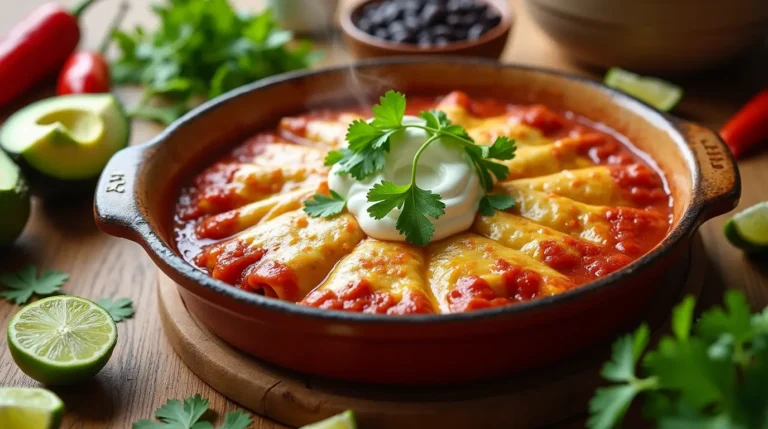🥘 Easy Vegetarian Curry Recipe for a Flavor-Packed Meal
Why This Vegetarian Curry Deserves a Spot in Your Weekly Routine
Imagine coming home after a long day, hungry for something comforting yet nutritious. You want a dish that’s easy to whip up, deeply satisfying, and packed with flavors that dance across your taste buds. That’s exactly where this vegetarian curry comes in. It’s more than just a meatless alternative—it’s a hearty, flavorful, and nourishing meal that ticks all the boxes.
Whether you’re cutting down on meat, exploring plant-based eating, or simply looking for a quick and healthy weeknight dinner, this vegetarian curry is about to become your new favorite. The beauty of it lies in its simplicity—fresh ingredients, warm spices, and a little bit of love come together to create something truly special.
Let’s dive into everything you need to know about making this delicious dish at home—from ingredients and cooking steps to customization options and health benefits.
Table of Contents
🌿 What Makes This Vegetarian Curry So Flavor-Packed?
You might be wondering: how can something without meat be this rich in flavor? The answer lies in how you layer your ingredients and allow them to build upon each other.
🔥 The Power of Indian Spices
The flavor profile of a vegetarian curry starts with the spices. These aren’t just thrown in randomly—they’re carefully selected for balance and depth.
- Cumin brings warmth.
- Turmeric adds color and subtle bitterness.
- Coriander provides citrusy undertones.
- Garam masala finishes the dish with a toasty complexity.
To get the most from these spices, you toast them gently in oil before adding any liquids. This process, known as blooming, releases essential oils and unlocks their full potential.
🥬 Fresh Ingredients = Better Flavor
You’ll be surprised how much impact fresh aromatics like onion, garlic, and ginger can make when sautéed properly. These ingredients form the base of your curry and give it its signature warmth and savory depth.
- Onions break down into a soft, sweet base.
- Garlic and ginger add complexity and zing.
- Fresh tomatoes provide acidity and richness.
Throw in some seasonal vegetables, a can of chickpeas for protein, and a creamy swirl of coconut milk, and you’re on your way to curry bliss.
🍅 Step-by-Step Easy Vegetarian Curry Recipe
Ready to cook? Let’s walk through the process. You won’t need any fancy tools—just a pan, a knife, and your appetite.
🧾 Ingredients You’ll Need
| Ingredient | Quantity | Notes |
|---|---|---|
| Olive oil | 2 tbsp | For sautéing |
| Onion (chopped) | 1 medium | Yellow or red |
| Garlic (minced) | 3 cloves | Freshly minced for bold flavor |
| Ginger (grated) | 1 tbsp | Optional but highly recommended |
| Tomatoes (diced) | 2 medium | Or use 1 cup canned tomatoes |
| Mixed vegetables | 2 cups | Bell peppers, carrots, zucchini, etc. |
| Chickpeas (cooked) | 1 can (15 oz) | Rinsed and drained |
| Coconut milk | 1 can (14 oz) | Full-fat for creaminess |
| Curry powder | 1.5 tbsp | Or mix your own blend |
| Salt & pepper | To taste | Add at the end |
| Cilantro (chopped) | To garnish | Optional but refreshing |
| Cooked rice or naan | As needed | For serving |
🍳 Cooking Instructions
Follow these easy steps to bring your vegetarian curry to life:
- Heat oil in a skillet over medium heat.
- Add chopped onions and sauté for about 5 minutes, until soft and translucent.
- Toss in the garlic and ginger, stirring constantly for 1–2 minutes.
- Sprinkle your curry powder or spice mix into the pan. Let it toast for 30 seconds.
- Add the tomatoes and cook down until they begin to break apart (about 5 minutes).
- Stir in your vegetables and chickpeas, coating everything in the spice mixture.
- Pour in the coconut milk, stir well, and bring to a gentle simmer.
- Simmer uncovered for 15–20 minutes, or until veggies are fork-tender.
- Season with salt and pepper, taste and adjust as needed.
- Serve hot over rice or with naan, and garnish with cilantro.
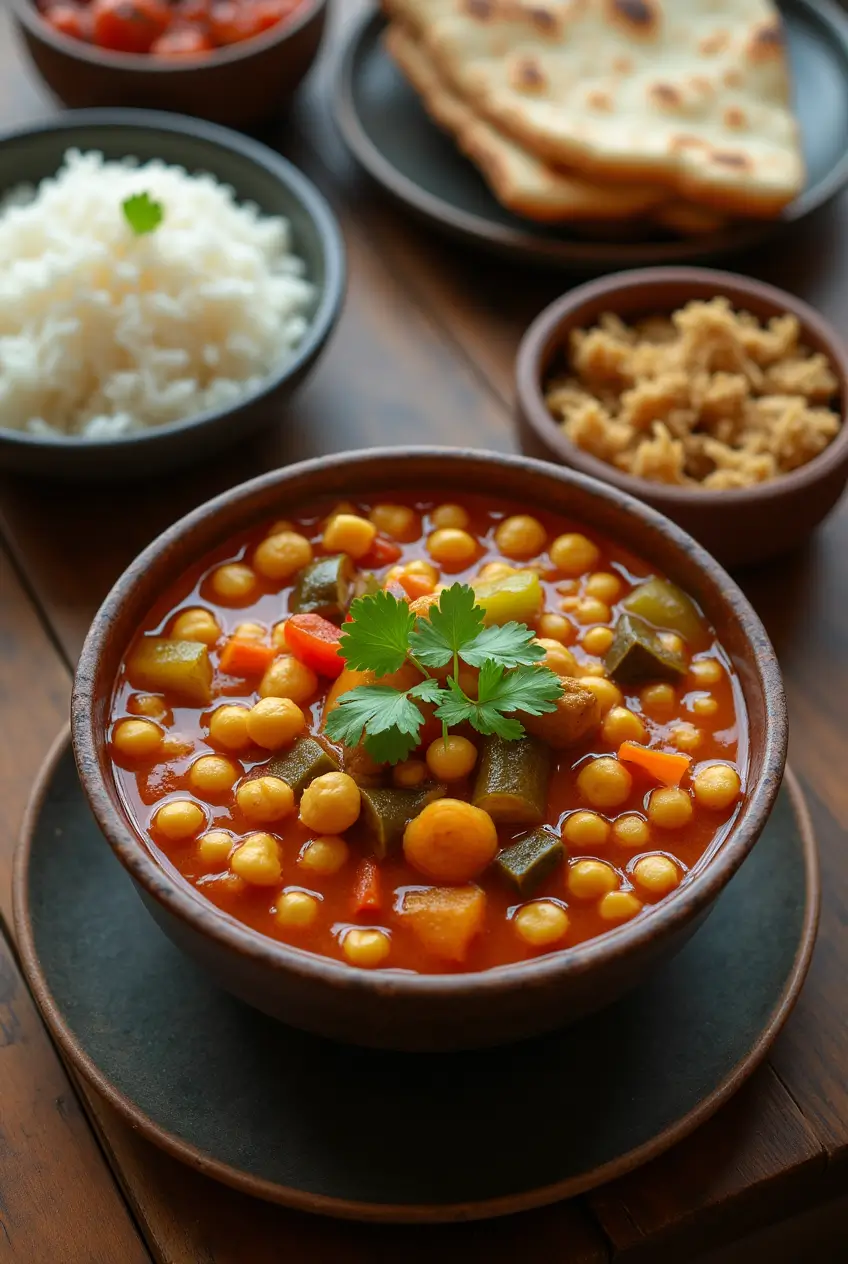
🍛 Customization Ideas for Your Vegetarian Curry
No two kitchens are the same, and no two curries need to be either. Here’s how you can make the recipe truly yours:
🥦 Swap Ingredients Freely
- Protein: Replace chickpeas with lentils or cubed tofu.
- Veggies: Use what’s in season—sweet potatoes, spinach, cauliflower, eggplant.
- Liquid base: Try light coconut milk or even veggie broth for a lighter option.
🌶 Adjust Heat to Your Preference
Not everyone enjoys a blazing hot curry. If you do:
- Add red chili flakes or fresh green chilies during the sauté step.
- Use spicy curry powders (like Madras) instead of mild ones.
For milder versions, skip the chili and use a sweeter coconut milk to round out the flavors.
🧠 Health Benefits of Eating Vegetarian Curry
You’re not just feeding your cravings—you’re nourishing your body in more ways than one.
💪 Nutritional Snapshot (Per Serving)
| Nutrient | Approximate Value |
|---|---|
| Calories | 350–400 kcal |
| Protein | 12–15g |
| Fiber | 10g |
| Fats | 10g |
| Carbohydrates | 40–45g |
| Vitamins | A, C, B6, K |
🌱 Key Benefits
- Rich in fiber: Aids digestion and keeps you full longer.
- Packed with plant protein: Thanks to chickpeas and veggies.
- Anti-inflammatory: Turmeric and ginger help soothe your body.
- Heart-healthy: Low in saturated fats compared to meat-based dishes.
🧂 Tips for the Perfect Vegetarian Curry Every Time
You might already be thinking about your second batch. These extra tips will take your curry from good to unforgettable:
🌟 Flavor Enhancing Tips
- Let it simmer longer to deepen the flavor.
- Add a splash of lemon juice or vinegar at the end for brightness.
- Use fresh spices, not ones that have been sitting in your pantry for years.
🥣 Meal Prep & Storage Advice
- Refrigerate leftovers in airtight containers (lasts up to 4 days).
- Freeze for up to 2 months—ideal for meal prep.
- Reheat gently on the stovetop with a splash of water or coconut milk.
❓ Frequently Asked Questions About Vegetarian Curry
What vegetables are best for curry?
Stick with hearty options like carrots, potatoes, and cauliflower for structure, and balance them with quicker-cooking veggies like zucchini or spinach.
Can I make this vegetarian curry without coconut milk?
You sure can. Sub with almond milk, oat milk, or a mix of veggie broth and a tablespoon of nut butter for creaminess.
How spicy is this curry?
This recipe is mild by default. You’re in full control of the heat—just add chilies if you want to turn it up a notch.
How do I thicken curry naturally?
Mash a few chickpeas or potatoes directly in the pan. Simmering uncovered also helps reduce and thicken the sauce.
🥄 A Simple Bowl, A Whole Lot of Comfort
At the end of the day, you don’t need complicated ingredients or hours in the kitchen to enjoy a meal that warms your body and soul. This easy vegetarian curry is the proof. It’s satisfying without being heavy, flavorful without being fussy, and healthy without sacrificing comfort.
Whether you’re cooking for one, a family, or hosting friends, this dish hits all the right notes. It’s adaptable, forgiving, and guaranteed to impress—even if you’re just trying to impress yourself.
✅ Your Next Steps
Now that you’ve got everything you need, it’s time to bring your kitchen to life with the aroma of sizzling spices and bubbling coconut milk.
- Try it tonight and see how effortless it is.
- Share your version on social media—everyone adds their own twist.
- Bookmark this recipe so it’s always within reach.
Still unsure where to start? Just gather your ingredients, trust your instincts, and let the spices guide you. You’ve got this.

